Storage racks are shelf-like frameworks or stands found in plants and factories, workshops, retail facilities, homes, and offices alike. The applications of storage racks are virtually endless. They offer their users a means to efficiently store, organize, and/or display tools, equipment, materials, pallets, boxes, parts, and products. Read More…
Ridg-U-Rak produces more than 100 million pounds of pallet rack, high density storage rack and specialized rack systems annually. A customer-centric, full-service pallet rack producer with over 400,000 square feet of production and warehouse space, Ridg-U-Rak offers engineering, design, project management and installation services that meet your pallet rack needs on time and on budget.
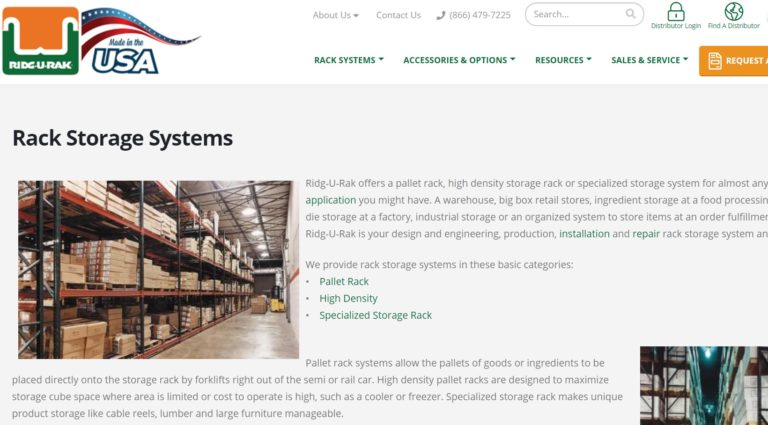
Steel King offers the industry’s widest selection of rack types, including roll-form and structural pallet racks, drive-in racks, gravity flow and push back storage systems, multi-level pick modules, automation integration, cantilever racks, portable racks, and custom shipping racks. Plus a full-line of guard rail and rack protection products. Full engineering staff and more than 200 standard...
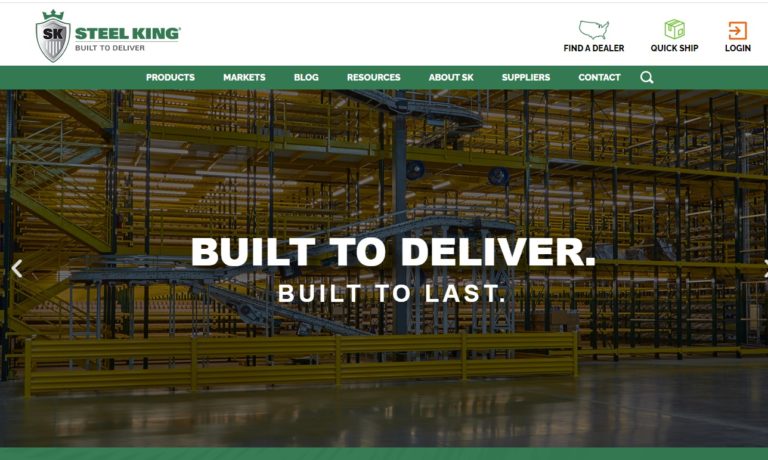
Quality Material Handling (QMH) is a leading total solutions provider for boltless shelving, warehouse racking, storage systems, mezzanines, and dock equipment. With over 29 years of experience and an in-house fabrication facility, QMH designs and manufactures innovative custom solutions such as dock platforms and ramps that solve difficult loading and unloading challenges. We are a full-service...
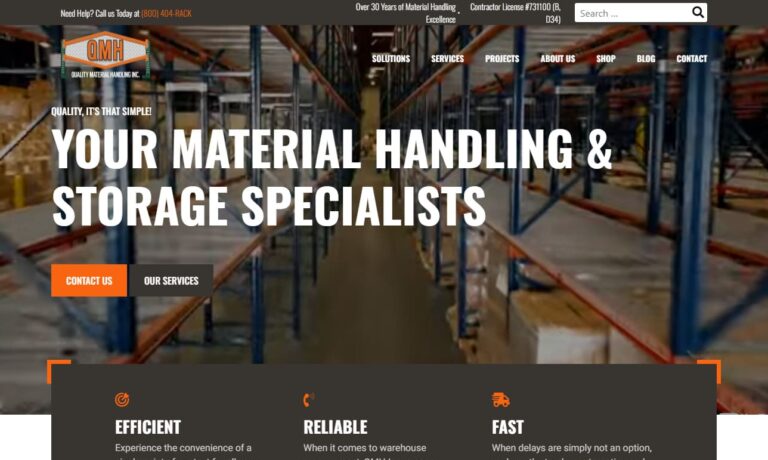
Established in 1972, RACK USA provides storage solutions for material handling applications. We design heavy load racks, medium load racks, retail fixtures, and custom industrial rack solutions. Hundreds of clients can attest to our expertise and dedication to quality.
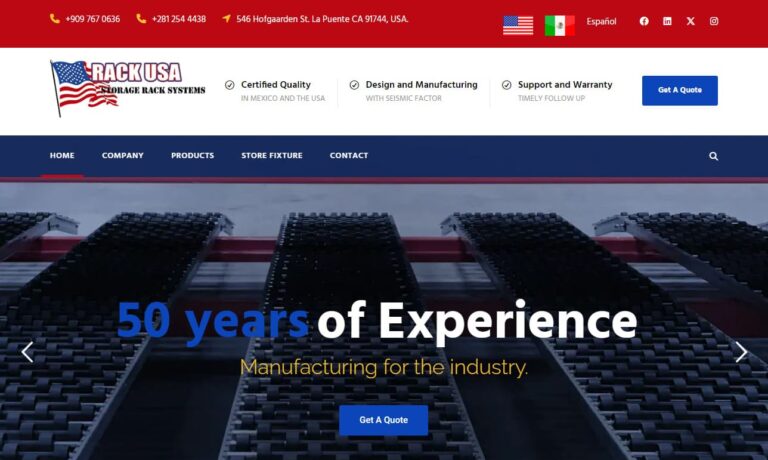
Many types, sizes, makes & models of shelving available online at SJF.com. We buy & sell warehouse equipment with the nation's largest inventory of new and used material handling equipment: over 20 acres! Explore our website & find dealer direct savings on shelving & more types of material handling equipment.
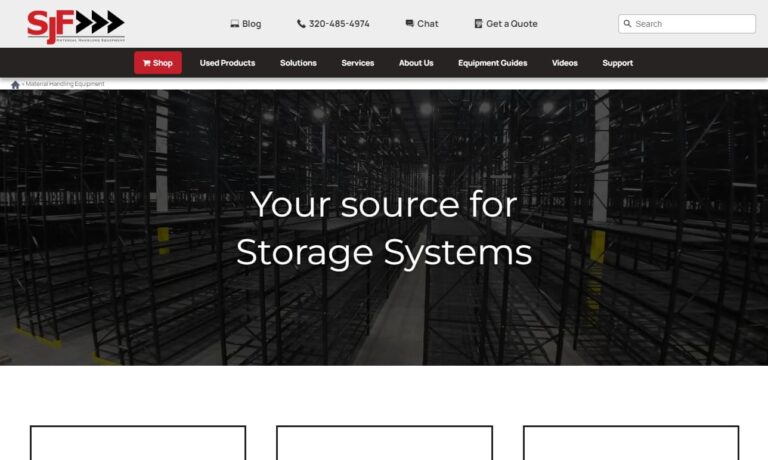
Donobrog is a leading material handling supplier. Since 1985, we have provided high-quality pallet racks and racking systems. We offer many other products, including mezzanine staircases, flow racks, guard railing and more. Expect excellent service on simple and difficult jobs.
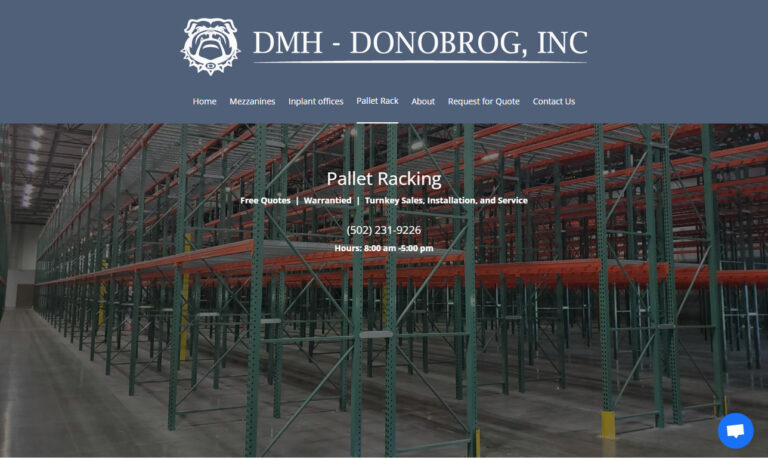
More Storage Rack Manufacturers
Storage racks offer essential space-saving solutions in shipping areas, product assembly rooms, workspaces, and manufacturing facilities.
Industries that utilize storage racks for inventory include home furnishings, garage and automotive services, food and beverage, education, material handling, postal services, healthcare, banking, military, government, office, industrial manufacturing, and many more.
History
Storage racks are an evolution of the basic shelving unit, which has existed in various forms for a long time. The development of storage racks was driven by industrialization and the invention of the forklift. In the early 1900s, manufacturers needed to enhance storage as they produced more bulk items and products for large stores, facilitated by nationwide shipping capabilities. To accommodate this, larger storage systems were created.
In 1917, the Clark Material Handling Company introduced the first forklift after years of development. The forklift enabled manufacturers to build taller and more expansive storage racks and move items more quickly and safely with fewer people.
During World Wars I and II, the demand for storage racks increased with the need for vehicles, weapons, and goods for the war effort. This period also saw the development of the standardized pallet, which led to forklifts capable of lifting multiple pallets simultaneously. In response, engineers created the pallet rack, the first true storage rack, designed to hold pallets. In 1926, manufacturers installed the first vertical pallet storage racks in warehouses, allowing better space utilization by stacking products upright.
In 1968, American inventor Thomas J. Finlayson patented the drive-in pallet rack, enabling machinery operators to drive directly to the storage rack. Nearly twenty years later, in 1986, Charles “Chuck” Agnoff, another American inventor, designed the gravity flow storage method, which continues to help manufacturers use storage rack systems more effectively and efficiently.
Today, storage racks are more useful than ever, offering increased durability, security, and versatility.
Design
Storage rack manufacturers typically build their products using welding, ensuring that the materials are strong and securely joined. The welded parts are usually made from durable metals such as stainless steel, aluminum, or titanium. For customers needing less durability, manufacturers may use materials like particle board or wood. The choice of materials depends on customer specifications, including durability, temperature resistance, and corrosion resistance.
Manufacturers offer storage racks in a variety of designs, which can be fabricated or assembled. Customers can start by selecting from stock dimensions and designs, presenting detailed custom requests, or collaborating with the supplier to develop a custom design.
When collaborating on a custom design, manufacturers and customers discuss various application details, including specifications and requirements, available floor and ceiling capacity, adequate storage space, load-bearing capacity, and mobility needs. After these discussions, the manufacturer sketches a system design and submits it for customer approval. Once approved, fabrication begins. For standard or custom orders, contact a reputable storage rack manufacturer today.
Features
Storage rack systems utilize either a “first in, first out” (FIFO) method or a “last in, first out” (LIFO) method to organize and manage inventory. Each method provides distinct guidelines for stocking and picking materials.
In the FIFO method, stocking is done from the rear while picking occurs at the front. This technique is commonly used for perishable food inventory to ensure that the oldest items are sold first.
Conversely, the LIFO method is unsuitable for perishable items. It is used for products that can remain on storage shelves for extended periods without deterioration. LIFO is typically employed with push-back racks and other storage systems that benefit from its space-saving features.
Types
Some of the most common storage rack designs include industrial storage racks, metal storage racks, wire storage racks, pallet racks, flow racks, push-back racks, rolling racks, and cantilever racks. Additionally, cryogenic racks, while less common, are still an important type of storage rack.
Industrial storage racks are heavy-duty racks made to hold heavy items and machinery, always constructed from durable metals like stainless steel.
Metal storage racks encompass any racks made of metal, typically steel or aluminum, and are used for heavy-duty warehouse storage applications. Manufacturers seeking lightweight storage can opt for racks made of particle board, wood, or titanium.
Wire racks consist of vertical metal rails with woven or welded wire mesh decks, sometimes featuring open shelves. Their grid patterns make them ideal for display applications, as they increase ventilation and decrease dust buildup.
Pallet racks are designed to store inventory on pallets or skids. Open on all sides and allowing for vertical stacking, pallet racks have been popular since World War II and are used in warehouses, retail centers, manufacturing facilities, and distribution centers. Subtypes include drive-in racks, drive-through racks, pallet flow systems, push-back pallet rack systems, and compact mobilized pallet racks.
Flow racks, or gravity flow racks, move pallets along the sloped plane of their decking when placed on their rollers. They, along with push-back racks, offer safe, dynamic, high-density storage for cartons and pallets, using inclined decking with rails and rollers to maximize capacity.
Push-back racks store each pallet on a wheeled cart placed on the system’s rails. Slightly angled down, when a forklift places pallets on them, the carts move toward the load/unload area, pushing the row of carts backward. Push-back racks save space by staying close together and are open on one side, making them easy to store against a wall.
Rolling racks can be static, used in picking and storing systems, or portable, like wire storage racks, and can be moved within a warehouse.
Cantilever racks consist of a vertical column, arms, a base, and cross/horizontal brace sets. Modular in design, they can accommodate new or changing storage requirements by allowing additional elements to be added. Used in plumbing supply warehouses, lumber yards, and woodworking shops, cantilever racks are designed to hold long, heavy items that must be kept off the ground, such as sheet metal, beams, boards, and rails.
Cryogenic storage racks are used for storing materials at extremely low temperatures. Cryogenics, a branch of physics, deals with materials at temperatures below -292℉, as designated by the U.S. National Institute of Standards and Technology.
In the home, storage racks are used not only to organize garages or basements but also for specialty tasks. Specialty storage racks include amp racks, bicycle racks, eco racks, and drying racks.
Amp racks are used to mount amplifiers and other professional audio equipment.
Bicycle racks store bikes when not in use.
Eco racks are a type of bike rack designed to allow bike riders to haul a similar amount of weight as they could with a car, making commuting with bikes both eco-friendly and economical.
Drying racks are used to hang wet clothes for drying.
Accessories
There are various accessories available for storage racks that can enhance their functionality and adaptability. Casters or wheels, for instance, add mobility to racks, making them easy to move or reposition. Braces provide extra stability and strength, especially when storing heavy or bulky items. Additionally, anchors secure the rack to the floor or wall, preventing tipping or accidental displacement. Bumpers, meanwhile, are protective elements attached to the rack to prevent damage from collisions or impacts.
Drawer rack add-ons convert open shelving into drawers, offering enclosed storage for smaller items. Shelf units are additional shelves that can expand the storage capacity vertically. Baskets offer a convenient solution for storing loose or irregularly shaped items, keeping them organized and easily accessible. Feet elevate the rack off the ground, protecting the contents from moisture and facilitating cleaning underneath. Dividers create separate compartments within a shelf or drawer, enabling better organization. Lastly, arms or hangers attach to the sides of the rack to hang tools, clothing, or other items, maximizing storage space.
To determine which storage rack accessories are needed for a specific application, consider several factors. First, assess the intended use of the rack and the type of items to be stored. For example, if mobility is required, casters or wheels would be beneficial. If the rack is tall or will hold heavy items, braces and anchors may be necessary to ensure stability and safety. Additionally, consider the available space and layout to determine if additional shelves, baskets, or dividers are needed for optimal organization. Assess any specific requirements, such as protecting delicate items with bumpers or utilizing hanging storage with arms. By evaluating the specific needs of the application, you can select the appropriate accessories to enhance the functionality and efficiency of your storage rack.
Standards
Since storage racks are commonly used in workplaces in the United States, they must always comply with OSHA safety requirements. Other storage rack standards depend on the application and location. For example, storage racks in public areas prone to seismic activity, such as public libraries, must adhere to FEMA design and installation standards. Storage racks used in the medical or food and beverage industries must meet FDA standards. This applies to other settings as well, such as military bases (Mil-Specs), offices, and accessible areas (ADA-compliant). Frequently, standard guidelines are issued by organizations like ANSI (American National Standards Institute), ISO (International Organization for Standardization), and NFPA (National Fire Protection Association).
Things to Consider
To find the ideal storage rack manufacturer for your needs, start by reviewing the companies listed on this page. Each company we feature is reputable and a proven leader in the industry.
To streamline your search, create a list of your own specifications, including your budget, timeline, delivery preferences, and post-delivery support needs (such as installation, maintenance, and warranties).
With your list ready, explore the profiles of the listed companies. Compare their services and product offerings, and select three or four that seem to best match your needs. Reach out to these candidates, using your specifications as a guide, and discuss your project in detail. Finally, choose the manufacturer that not only offers the best value but also provides a storage solution that aligns closely with your requirements. Good luck!

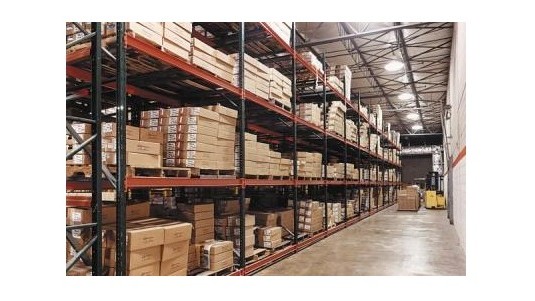
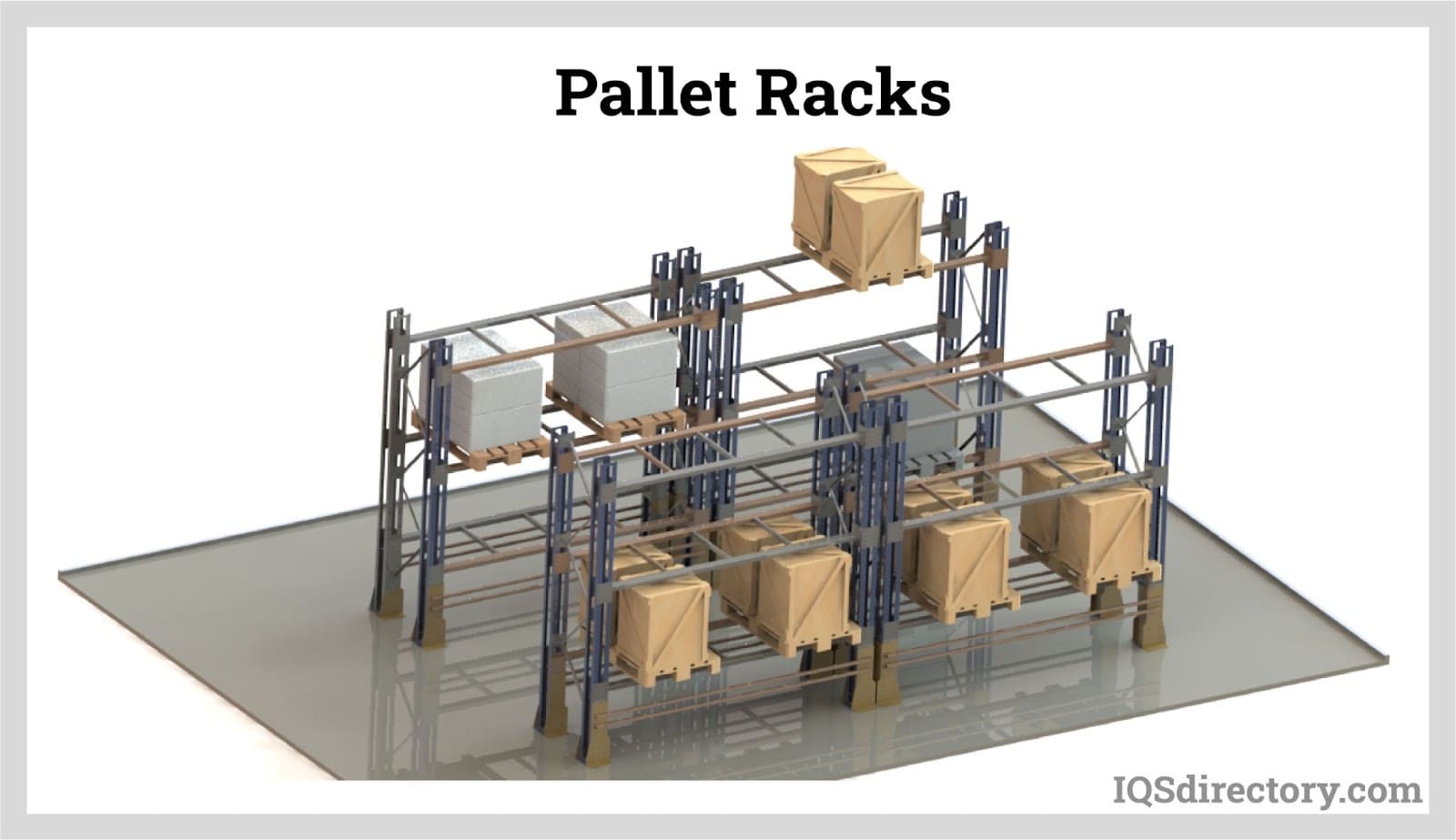
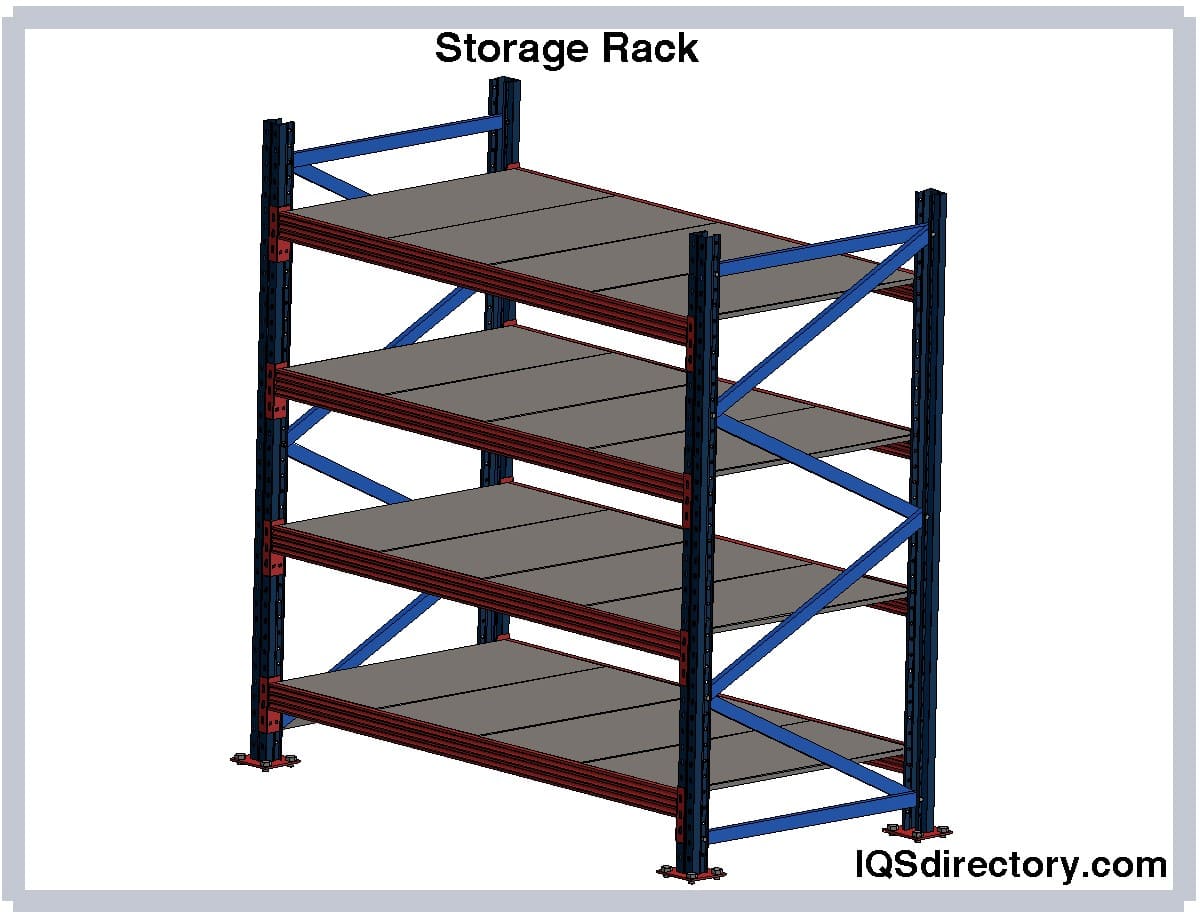
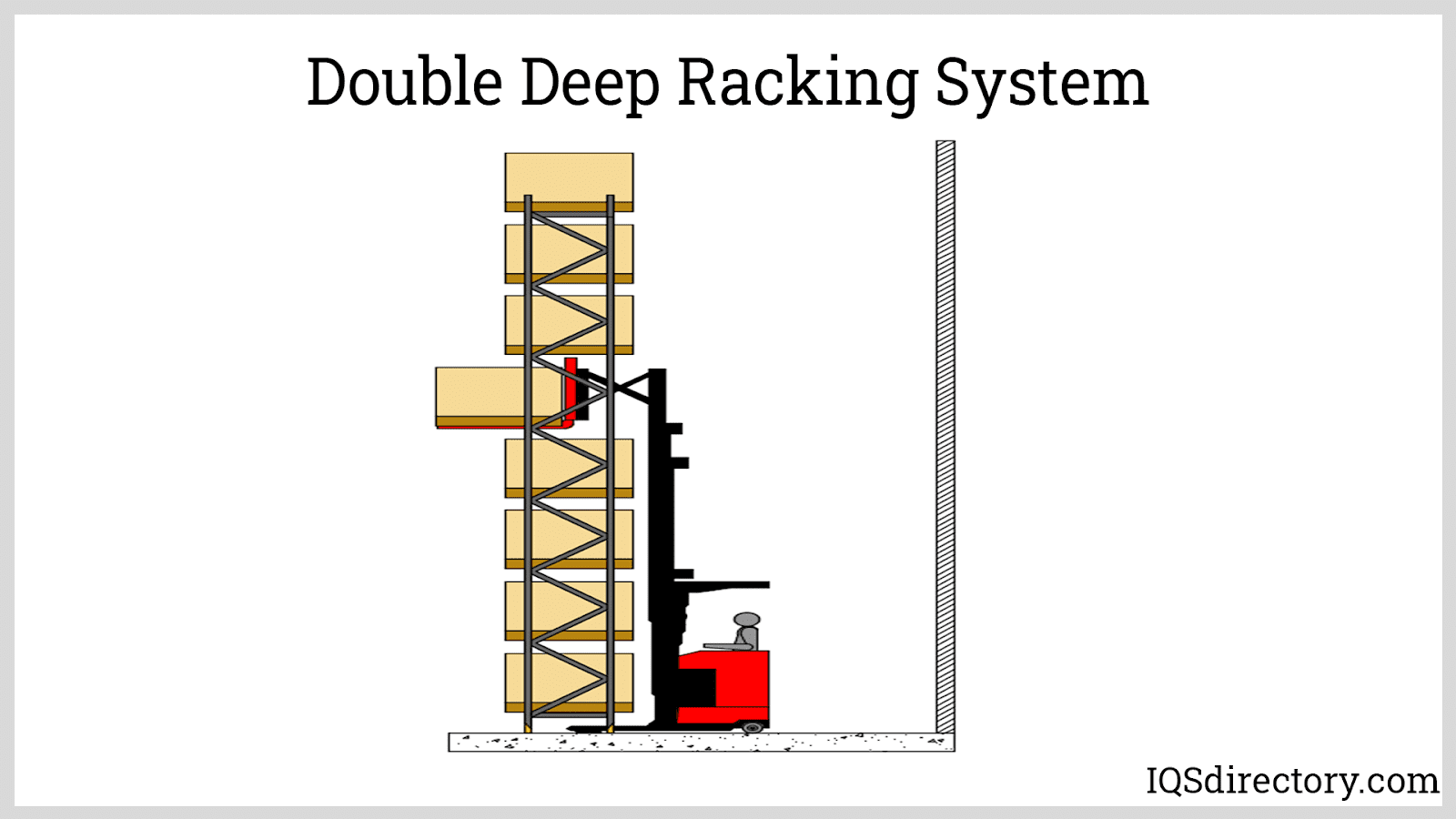
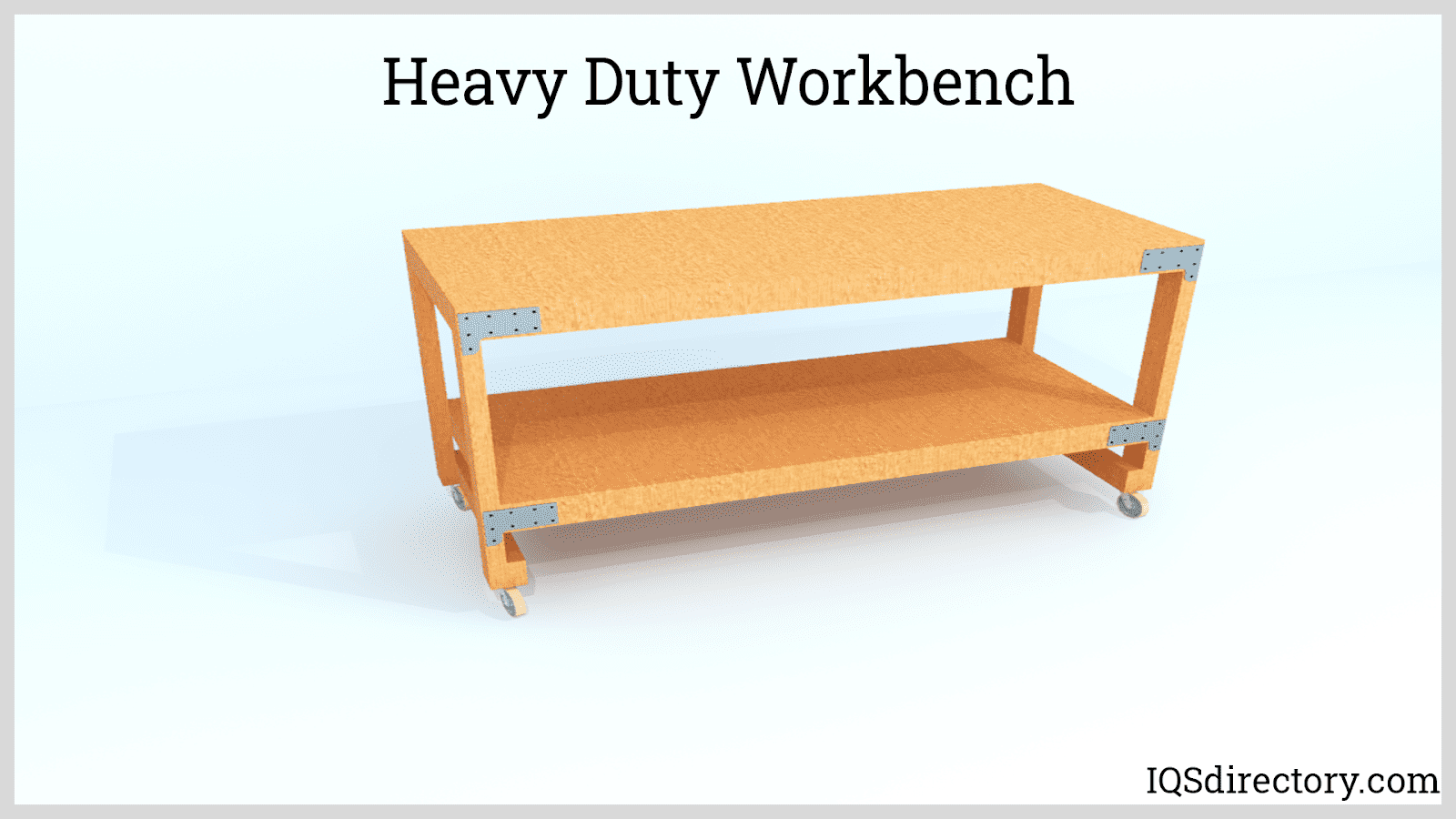
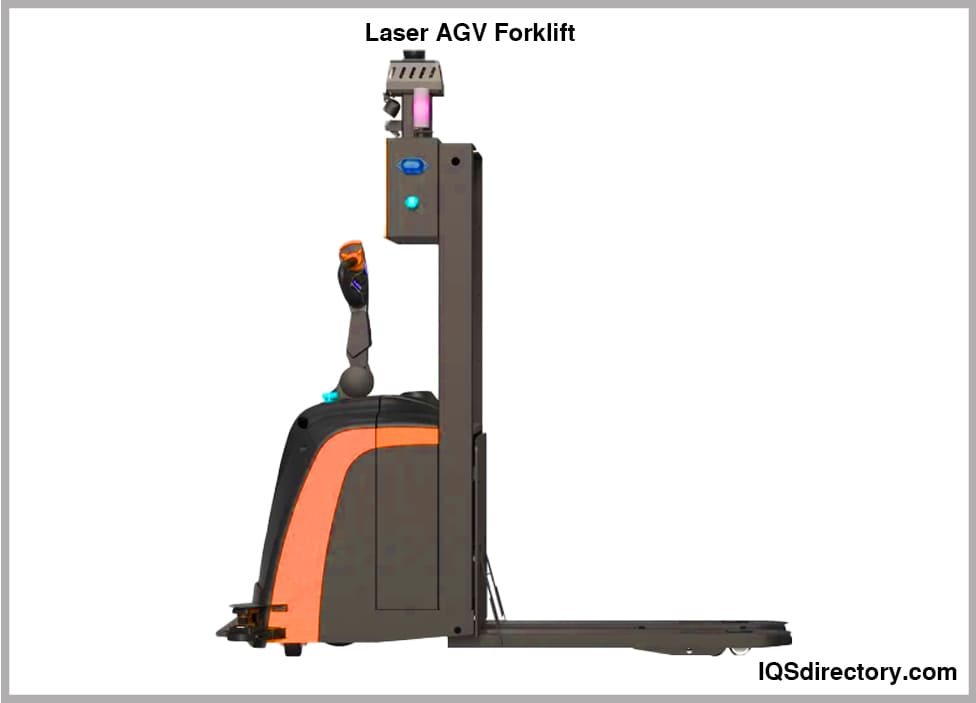

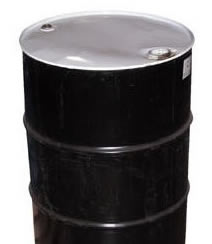 55 Gallon Drums
55 Gallon Drums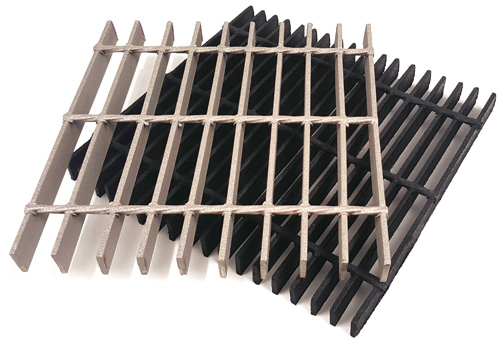 Floor Gratings
Floor Gratings Mezzanines
Mezzanines Modular Buildings
Modular Buildings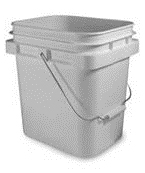 Plastic Containers
Plastic Containers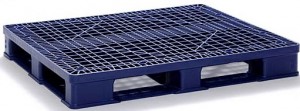 Plastic Pallets
Plastic Pallets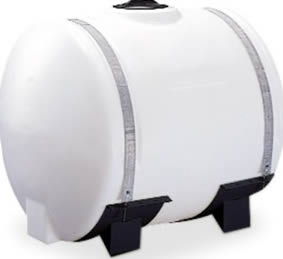 Plastic Tanks
Plastic Tanks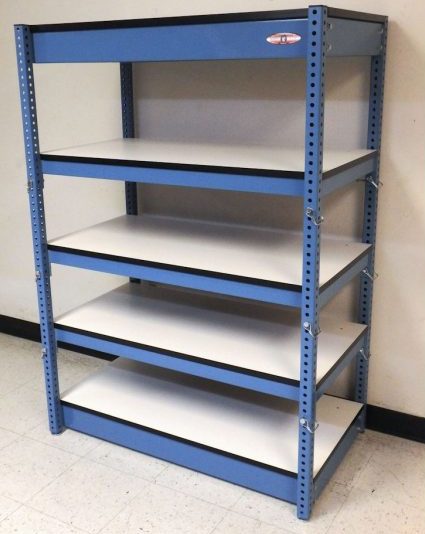 Steel Shelving
Steel Shelving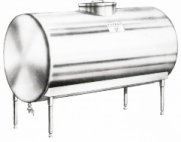 Stainless Steel Tanks
Stainless Steel Tanks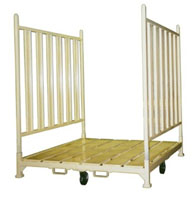 Storage Racks
Storage Racks Work Benches
Work Benches Castings & Forgings
Castings & Forgings Bulk Material Handling
Bulk Material Handling Electrical & Electronic Components
Electrical & Electronic Components Flow Instrumentation
Flow Instrumentation Hardware
Hardware Material Handling Equipment
Material Handling Equipment Metal Cutting Services
Metal Cutting Services Metal Forming Services
Metal Forming Services Metal Suppliers
Metal Suppliers Motion Control Products
Motion Control Products Plant & Facility Equipment
Plant & Facility Equipment Plant & Facility Supplies
Plant & Facility Supplies Plastic Molding Processes
Plastic Molding Processes Pumps & Valves
Pumps & Valves Recycling Equipment
Recycling Equipment Rubber Products & Services
Rubber Products & Services